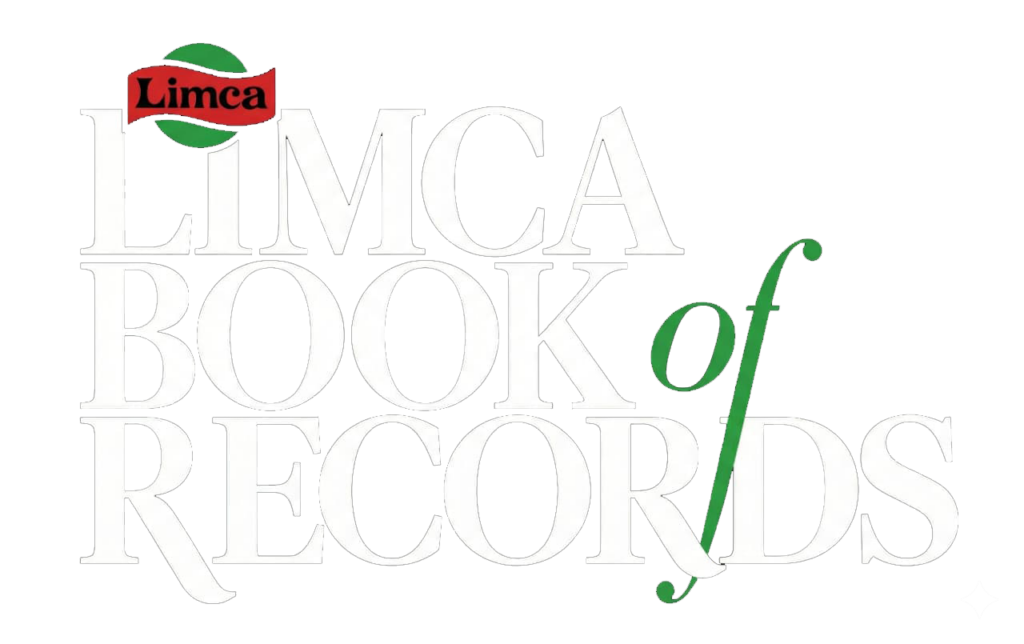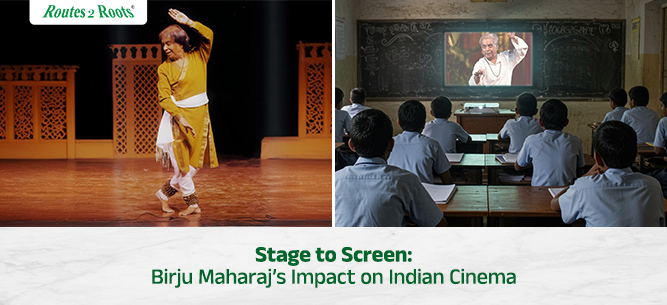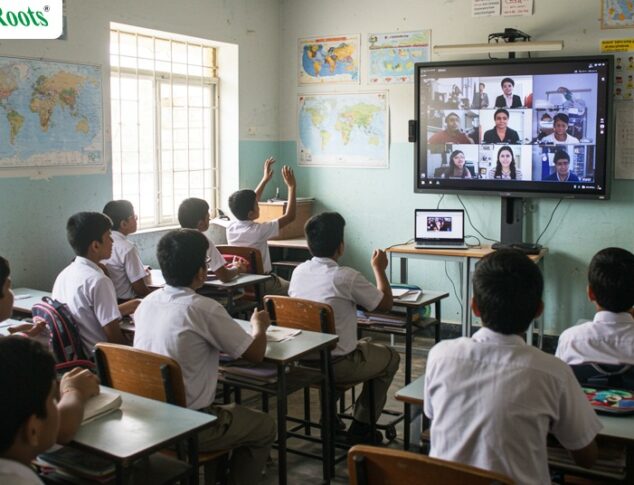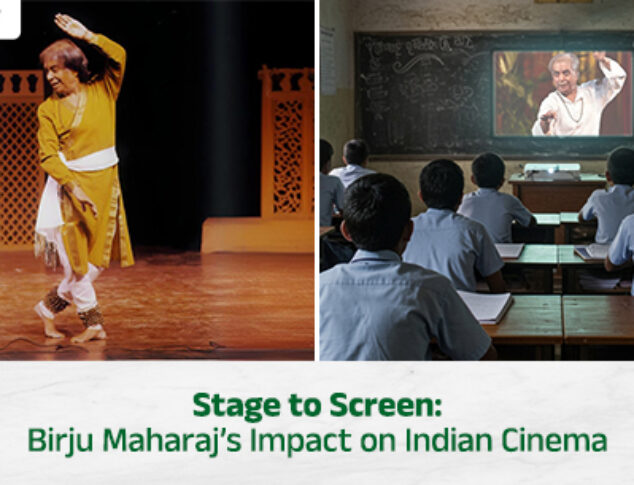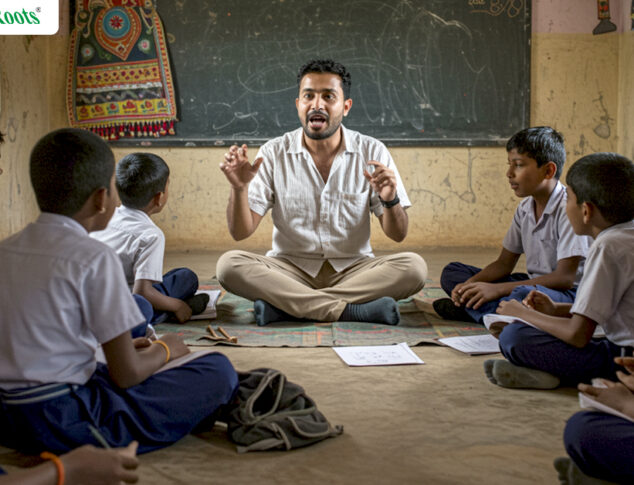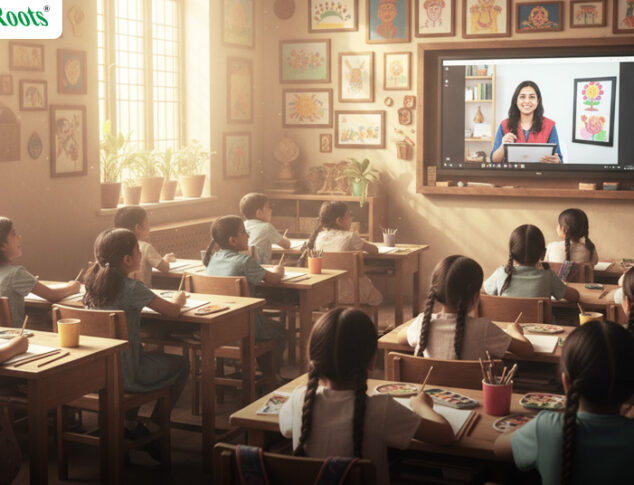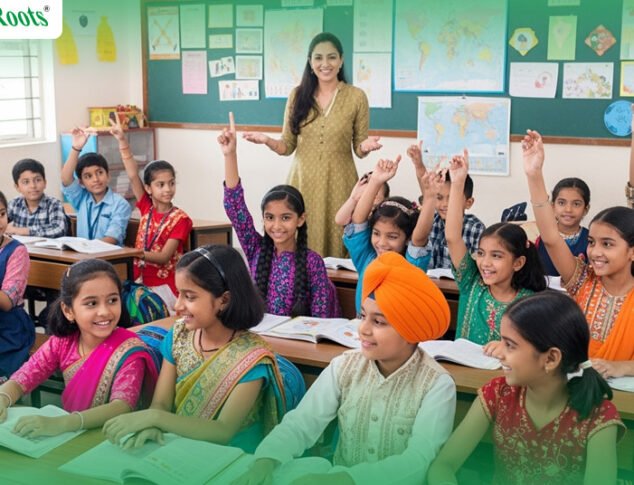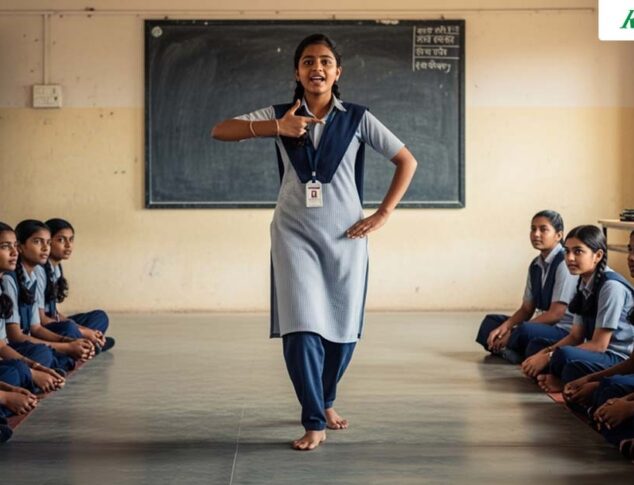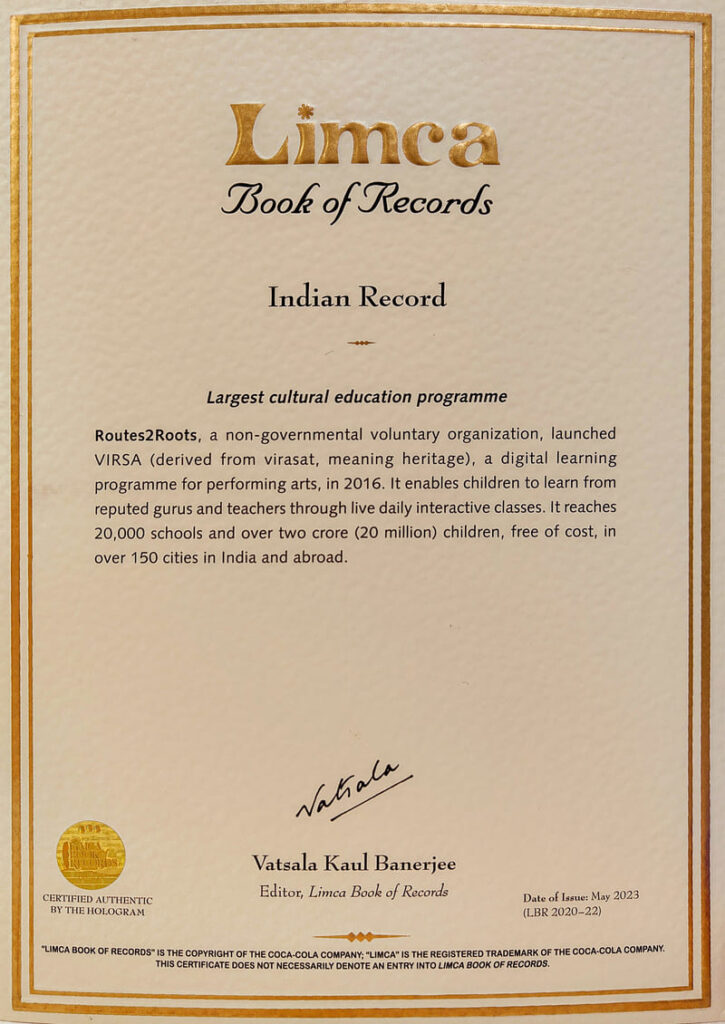Pandit Birju Maharaj, a legendary figure of Kathak, effortlessly brought together the classical world of Indian dance and the colorful world of Indian cinema. His unmatched talent not only kept the essence of traditional Indian dance alive but also brought its subtleties to a wider audience with the help of films.
The Maestro of Kathak
Born into a family of renowned Kathak dancers, Birju Maharaj’s career started under the guidance of his father, Jagannath Maharaj, and his uncles, Lachhu Maharaj and Shambhu Maharaj. His early exposure to dance set the stage for a career that would redefine Kathak and its position in modern art forms. His performances were not merely dance recitals but storytelling tools that expressed profound emotions and complex narratives.
Transitioning to the Silver Screen
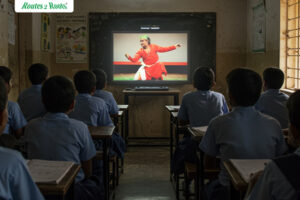
Birju Maharaj’s foray into Indian cinema was marked by collaborations that showcased his ability to adapt classical dance to the cinematic medium some of which are:
Shatranj Ke Khilari (1977): Directed by Satyajit Ray, this film featured a dance sequence choreographed by Maharaj, performed by his disciple Saswati Sen. The piece, “Kanha Main Tose Haari,” exemplified the seamless integration of Kathak into the film’s narrative.
Dil To Pagal Hai (1997): Collaborating with Yash Chopra, Maharaj choreographed sequences that blended classical dance with contemporary storytelling, bringing Kathak to mainstream Bollywood audiences.
Vishwaroopam (2012): His choreography for Kamal Haasan in this film earned him the National Film Award for Best Choreography, highlighting his versatility and ability to innovate within the classical dance framework.
Bajirao Mastani (2015): The song “Mohe Rang Do Laal,” featuring Deepika Padukone, was choreographed by Maharaj and won him the Filmfare Award for Best Choreography, reaffirming his enduring influence in cinema.
Influence on Cultural Education
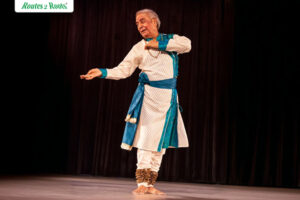
Beyond his contributions to cinema, Birju Maharaj’s legacy extends to cultural education:
- Mentorship: He mentored numerous students, ensuring the transmission of Kathak’s rich traditions to future generations. His disciples, such as Saswati Sen and Aditi Mangaldas, have become torchbearers of the art form.
- Institution Building: Maharaj established “Kalashram,” a dance school dedicated to teaching Kathak and preserving its heritage. This institution has become a beacon for aspiring dancers worldwide.
The Role of Cultural NGO’s in India
Organizations like Routes 2 Roots play a pivotal role in promoting cultural education. By integrating classical arts into their programs, they ensure that traditions like Kathak remain relevant. Their initiatives, such as digital learning art programs, provide platforms for students to engage with classical dance forms, bridging the gap between tradition and modernity.
A Legacy That Transcends Mediums
Pandit Birju Maharaj’s journey from the classical stage to the cinematic screen exemplifies the dynamic nature of Indian arts. His ability to adapt and innovate ensured that Kathak found new audiences and continued to thrive in contemporary times. Through his work and the efforts of cultural organizations, the rich tapestry of India’s dance heritage remains vibrant, inspiring future generations.

